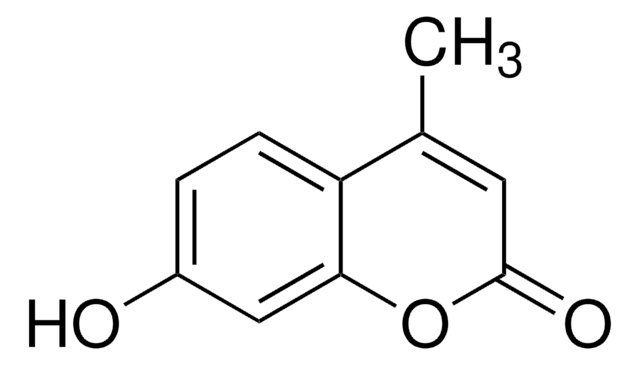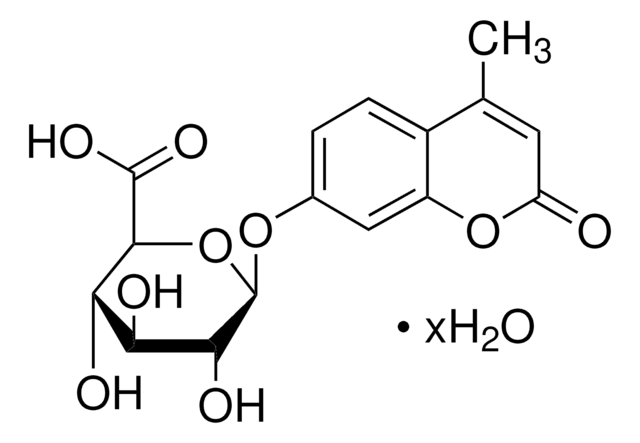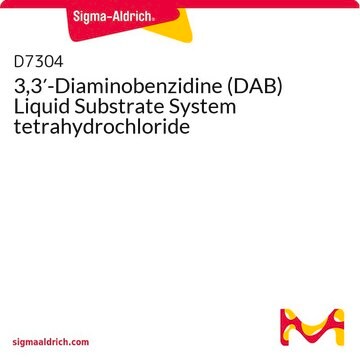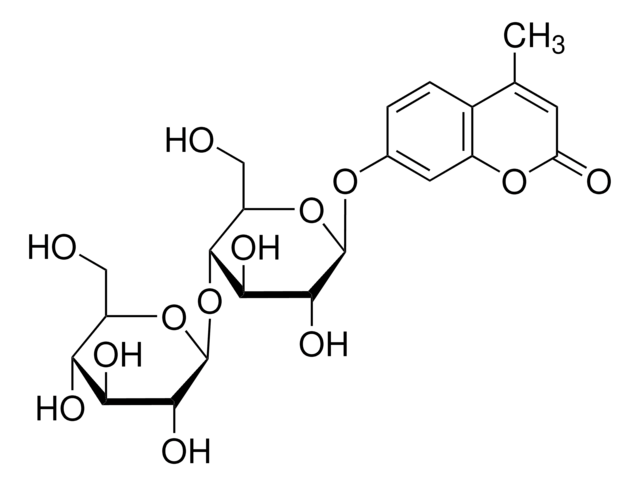M6065
Monoclonal Anti-Microphthalmia antibody produced in mouse
clone C5, purified immunoglobulin
Sinónimos:
Anti-Mi
About This Item
IP
WB
immunoprecipitation (IP): suitable using 2 μg/mg protein lysate
western blot: 1:500 using 10 μg of Mouse brain lysates
Productos recomendados
origen biológico
mouse
Nivel de calidad
conjugado
unconjugated
forma del anticuerpo
purified immunoglobulin
tipo de anticuerpo
primary antibodies
clon
C5, monoclonal
Formulario
buffered aqueous solution
mol peso
antigen 52-56 kDa
reactividad de especies
mouse, rat, human
concentración
0.5-1.0 mg/mL
técnicas
immunohistochemistry (formalin-fixed, paraffin-embedded sections): suitable
immunoprecipitation (IP): suitable using 2 μg/mg protein lysate
western blot: 1:500 using 10 μg of Mouse brain lysates
isotipo
IgG1
Nº de acceso UniProt
Condiciones de envío
wet ice
temp. de almacenamiento
−20°C
modificación del objetivo postraduccional
unmodified
Información sobre el gen
human ... MITF(4286)
mouse ... Mitf(17342)
rat ... Mitf(25094)
Categorías relacionadas
Descripción general
Microphthalmia is expressed in a limited number of cell types including heart, mast cells, osteoclast precursors, and melanocytes. There are a number of different isoforms of microphthalmia resulting from alternative splicing and alternative promotors. These isoforms differ at their amino-termini and in their expression patterns.
Inmunógeno
Aplicación
Western Blotting (1 paper)
Forma física
Cláusula de descargo de responsabilidad
¿No encuentra el producto adecuado?
Pruebe nuestro Herramienta de selección de productos.
Opcional
Código de clase de almacenamiento
12 - Non Combustible Liquids
Clase de riesgo para el agua (WGK)
nwg
Punto de inflamabilidad (°F)
Not applicable
Punto de inflamabilidad (°C)
Not applicable
Elija entre una de las versiones más recientes:
¿Ya tiene este producto?
Encuentre la documentación para los productos que ha comprado recientemente en la Biblioteca de documentos.
Nuestro equipo de científicos tiene experiencia en todas las áreas de investigación: Ciencias de la vida, Ciencia de los materiales, Síntesis química, Cromatografía, Analítica y muchas otras.
Póngase en contacto con el Servicio técnico








